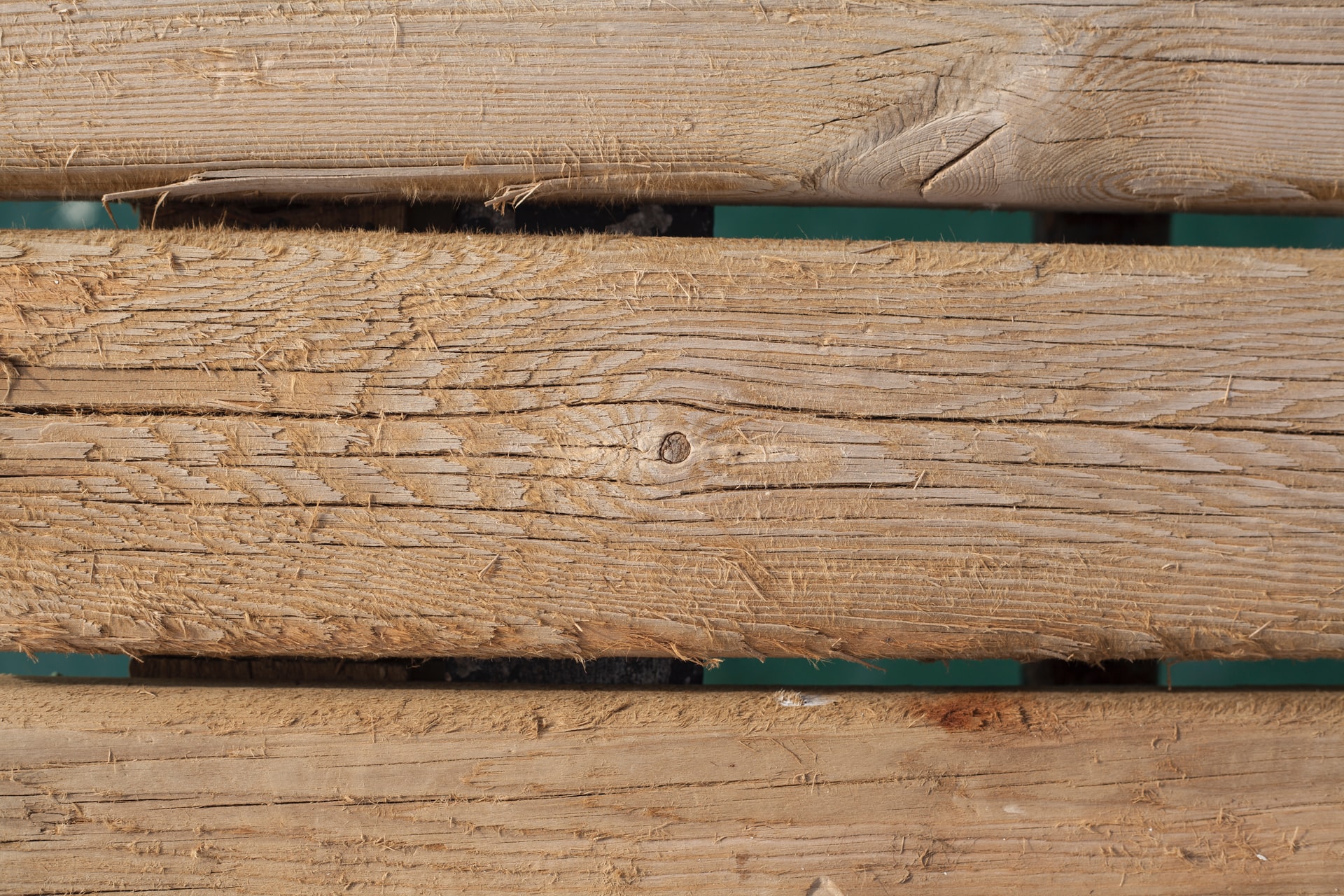Lumber futures have soared by more than 400% from the bottom of 2020’s COVID crash, but the year-long run may wind down in the months ahead as a significant wave of supply is set to come online through year end and into 2022.
Additionally, spending on homebuying, renovations, and other sources of demand for wood may begin to fade in the summer months as consumers shift their focus toward vacations and other leisure activities that they’ve been putting off during the pandemic.
In response to these trends, MRP will be suspending our LONG theme on Lumber Producers.
Related Stocks: Weyerhaeuser Company (WY), CatchMark Timber Trust, Inc. (CTT), Rayonier Inc. (RYN), PotlatchDeltic Corporation (PCH)
Lumber-mania may have finally reached its crescendo at the conclusion of Q1 2021, rising every single day between March 26 and April 19. That run that took the price from $953 per thousand board feet to all-time high above $1320, an increase of nearly 40%.
This time last year, lumber prices were slightly above $300, just about a quarter of last week’s close near $1230. Amid that kind of astronomical rise, however, it’s important that investors remain grounded in their expectations going forward.
The massive shortage in lumber markets can be largely chalked up to a year’s-worth of breakout housing data coming out of the COVID crash. As far back as May 2020, MRP predicted that tailwinds like low mortgage rates and working from home would push housing toward the bow of the ongoing economic recovery. We also contended that the onset of COVID-19 and its economic impact could create enough uncertainty around urban living to drive a new wave of flight to suburban and rural living.
As it stands, that housing boom looks to still be intact.
In the most recent month of data, new home sales jumped to a seasonally-adjusted annual rate (SAAR) of 1.021 million in March, the U.S. Census Bureau reported Thursday. Sales rose 20.7% MoM, the best reading since 2006. Sales more than doubled YoY.
US homebuilding saw a similar surge, as housing starts rose to a nearly 15-year high of their own in March, rising 19.4% to a SAAR of 1.739 million units. That beat a Reuters poll of economists forecasting starts would rise to a rate of 1.613 million units.
With so many buyers snatching up new homes at the ready, inventory fell back to 3.6 months of supply (MoS), with just 307,000 new single-family homes for sale, 44.6% lower than March 2020 and just above the all-time low level of 3.5 MoS touched back in October.
Another underlying catalyst in lumber’s supply/demand imbalance was the virtual elimination of a stockpiling season in 2020 – 2021. Usually, wintertime creates a seasonal lull in homebuying activity, giving producers time to restock their inventories and prepare for primetime sales growth in the spring….
To read the rest of this Market Insight, START A FREE TRIAL You’ll also gain access to: If you already have a subscription, sign in










